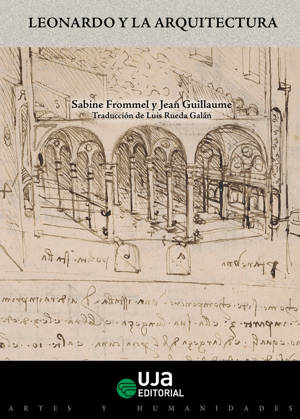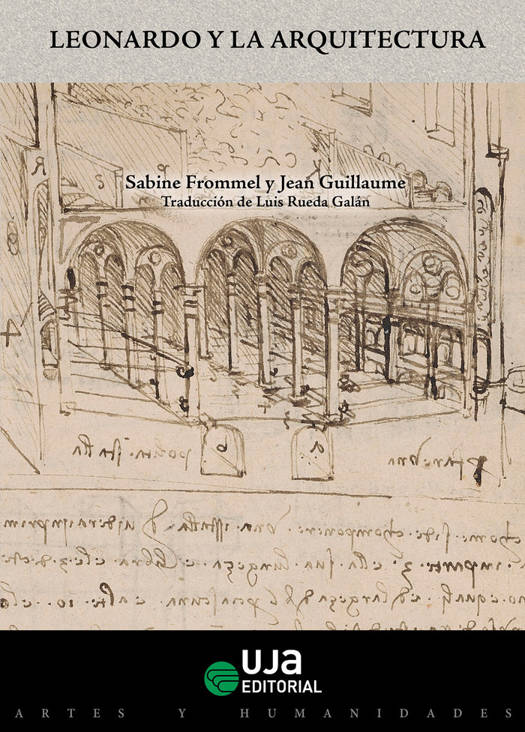
Je cadeautjes zeker op tijd in huis hebben voor de feestdagen? Kom langs in onze winkels en vind het perfecte geschenk!
- Afhalen na 1 uur in een winkel met voorraad
- Gratis thuislevering in België vanaf € 30
- Ruim aanbod met 7 miljoen producten
Je cadeautjes zeker op tijd in huis hebben voor de feestdagen? Kom langs in onze winkels en vind het perfecte geschenk!
- Afhalen na 1 uur in een winkel met voorraad
- Gratis thuislevering in België vanaf € 30
- Ruim aanbod met 7 miljoen producten
Zoeken
€ 38,45
+ 76 punten
Omschrijving
Dispersos en sus numerosos manuscritos, los estudios de Leonardo sobre arquitectura fueron concebidos durante un itinerario artístico de casi cincuenta años, al servicio de los más prestigiosos comitentes. Referidos a iglesias, monumentos funerarios, reestructuraciones urbanas, fortificaciones, palacios y villas, arquitectura efímera y pintada, en su mayoría de carácter ideal, se integran en la evolución arquitectónica de finales del Quattrocento y principios del Cinquecento. Sus dibujos asimilan las ideas de los pioneros de la arquitectura del Renacimiento y se centran en aspectos particulares como las intervenciones en estructuras existentes, los órdenes clásicos, las escaleras y la decoración. Su análisis arroja luz sobre el diálogo con Bramante, Francesco di Giorgio, Giuliano da Sangallo, Miguel Ángel, Baldassarre Peruzzi y Antonio da Sangallo el Joven y permite comprender si Leonardo fue un innovador o un singular intérprete de los logros de su época.Scattered in his numerous manuscripts, Leonardo's studies on architecture were conceived during an artistic itinerary of almost fifty years, in the service of the most prestigious patrons. Concerning churches, funerary monuments, urban restructuring, fortifications, palaces and villas, ephemeral and painted architecture, mostly of an ideal nature, they are part of the architectural evolution of the late Quartrocento and early Cinquecento. His drawings assimilate the ideas of the pioneers of Renaissance architecture and focus on particular aspects such as interventions on existing structures, classical orders, staircases and decoration. Their analysis sheds light on the dialogue with Bramante, Francesco di Giorgio, Giuliano da Sangallo, Michelangelo, Baldassarre Peruzzi and Antonio da Sangallo the Younger and allows us to understand whether Leonardo was an innovator or a singular interpreter of the achievements of his time.
Specificaties
Betrokkenen
- Auteur(s):
- Vertaler(s):
- Uitgeverij:
Inhoud
- Aantal bladzijden:
- 328
- Taal:
- Spaans
Eigenschappen
- Productcode (EAN):
- 9788491595793
- Verschijningsdatum:
- 31/12/2023
- Uitvoering:
- Paperback
- Afmetingen:
- 170 mm x 240 mm
- Gewicht:
- 661 g

Alleen bij Standaard Boekhandel
+ 76 punten op je klantenkaart van Standaard Boekhandel
Beoordelingen
We publiceren alleen reviews die voldoen aan de voorwaarden voor reviews. Bekijk onze voorwaarden voor reviews.









